

V. V. Vereshchagin: literary-artistic
cartographyof life and work
If the 19th century ever had a prophet, that was the Russian artist Vereshchagin.
From the English newspaper «Christian», dated December, the 2nd, 1887.
Vasily Vasilievich Vereshchagin
The name of Vasily Vasilievich Vereshchagin, a great artist and our countryman is often met in Cherepovets. In the city there is the Memorial house-museum of the Vereshchagin, Vereshchagin street, the monument to the famous artist, Vereshchagin square. Cherepovets regional college of arts and art crafts named after V.V. Vereshchagin and The city’s Central library are called after him.
Vasily Vasilievich Vereshchagin (October 14 (26), 1842 – March 31 (April 13), 1904) is the greatest Russian artist of the second part of the 19th century who stands out of all the art movements and schools; according to Aleksandr Benois, he is «the most popular personality in the Russian art not only in Russia, but all over the world at one point».
Besides art, V.V. Vereshchagin went in for literary activity. He wrote narratives, essays, memoirs, travel notes, publicist articles.
It was a person of a curious fate. He was born in a district town of Cherepovets, Novgorodskaya province (now Cherepovets is a part of Vologda region). The parents of the promising artist seemed to foredoom his further life in the early childhood: they sent him to study the Naval cadet corps in St. Petersburg. However, V.V. Vereshchagin did his own way. He decided by himself where he should study, what to do, where and how to live, how to communicate with the powers.


He had his independent opinion, based on his own observation and experience and received during the far and hard expeditions too: «I remember pondering and thinking a lot at sea, then while travelling along the deserts and gorges of the mountains». The life of V.V. Vereshchagin was a great travel. He visited all the continents, except for Australia and Antarctica, he studied far-away countries and the Russian North, he lived in European capitals and in hardly accessible places. The artist draw what he had seen in these travels. The genre range of V.V. Vereshchagin was sketches and etudes, plot compositions, nature and architecture landscapes, portraits. In his works he reflected the world in a very realistic, precise way and reached omnitemporal generalization. The artist’s realism is not impartial photographic accurateness, the artist, for sure, expressed his attitude to what he drew. According to V.V. Vereshchagin, «the most strict dealing with all the details of creativity does not exclude the ideas, but contains them».
Time passes, historic events go away with it into the past. The artist’s works let the next generations – you and us - see this past. His works make us start thinking about the good and the evil, truth and patriotism, about the fact that the world is very various, but the man’s life is valuable and fragile. While observing the pictures of the artist, reading his literary works, every person may make his own discovery of V.V. Vereshchagin.
Cartography of the life
and work of V. V. Vereshchagin


Амстердам
The Balkans. The Balkan series of paintings
More
Берлин
More
Бреславль (Вроцлав)

Брюссель

Будапешт
More
Варшава
More
Вена
More
Вильно (Вильнюс)
More
Гамбург
More
Гельсингфорс (Хельсинки)
More
Дрезден
More
Дюссельдорф
India. Indian series of paintings.
MoreThe Caucasus
More
Кенигсберг

Киев

Копенгаген
MoreThe Crimea
More
Лейпциг

Лондон
More
Москва
MoreMoscow. A series of paintings “Napoleon I in Russia”
More
Нью-Йорк
More
Одесса
More
Париж
More
Петербург
MoreTraveling around Russia
More
Прага
More
Ревель (Таллинн)

Рига
MoreRussian North
MoreSyria and Palestine. Paintings on Evangelical Subjects
More
Стокгольм
MoreTurkestan. Turkestan series of paintings
MoreThe Study at the Workshop of the Artist J. L. Jérôme.
More
Филадельфия, Сент-Луис, Вашингтон, Бостон
MorePhilippines, USA, Cuba
More
Франкфурт-на-Майне

Харьков
More
Христиания (Осло)
MoreTsarskoye Selo, St. Petersburg, Siverskaia
MoreCherepovets
More
Чикаго
More
Юрьев (Тарту)
Japan. Japanese series of paintings
More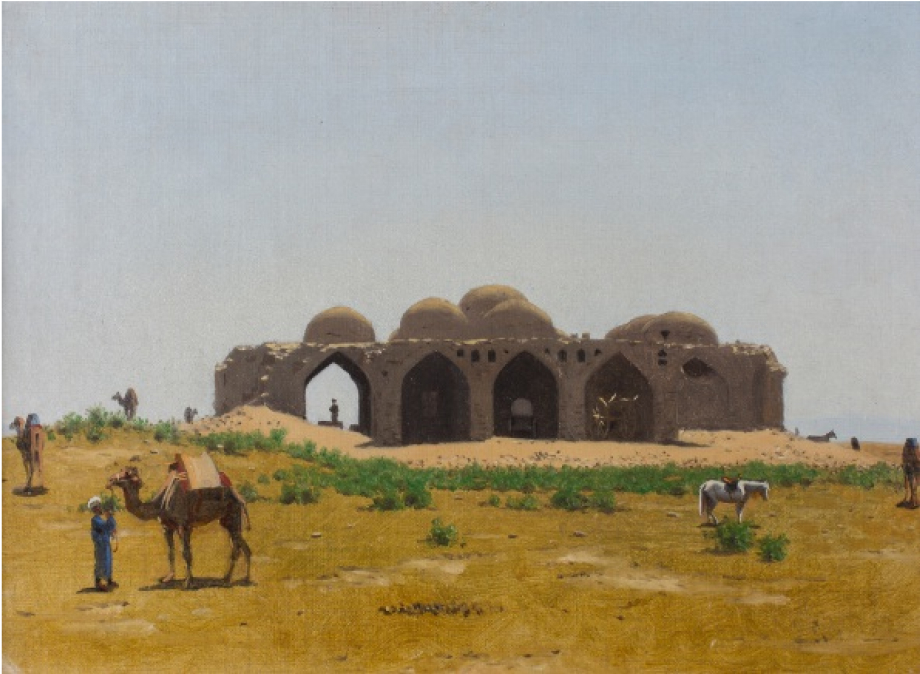
Колодцы Мурза-Рабат в Голодной степи между Чиназом и Джизаком.
Этюд. Вторая половина XIX в., холст, масло,26,5 х 36
Нижегородский государственный художественный музей
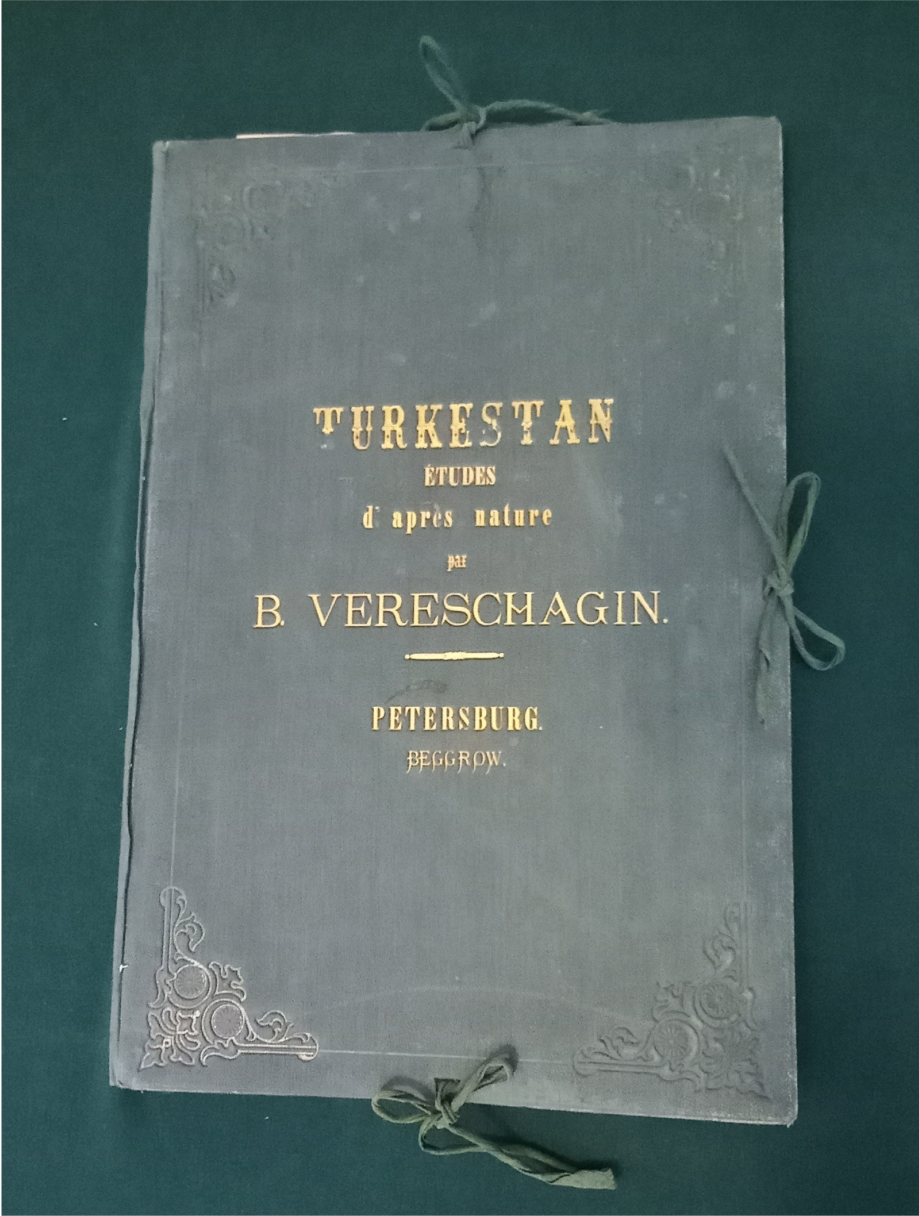
Туркестан: Этюды с натуры В.В. Верещагина, изданные по поручению туркестанского генерал-губернатора на высочайше дарованные средства : альбом. – С.-Петербург : в магазине А. Беггрова, 1874. – 26 листов с 106 рисунками; 46 х 34,5 см

Двери Тимура (Тамерлана).
1872 г., холст, масло, 216 x 172,5; в раме: 269,3 x 225; в свету: 213 х 168,3
Государственная Третьяковская галерея

Киргизские кибитки на реке Чу.
1869 – 1870 гг. холст, масло. 28,4 x 41,4; авторский холст: 27,3 х 39,8
Государственная Третьяковская галерея

Апофеоз войны.
1871 г., холст, масло, 127 x 197; в раме: 174,3 x 244,2 x22,5
Государственная Третьяковская галерея

Развалины Чугучака.
1869 – 1870 гг., дерево, масло, 18 x 38
Государственная Третьяковская галерея
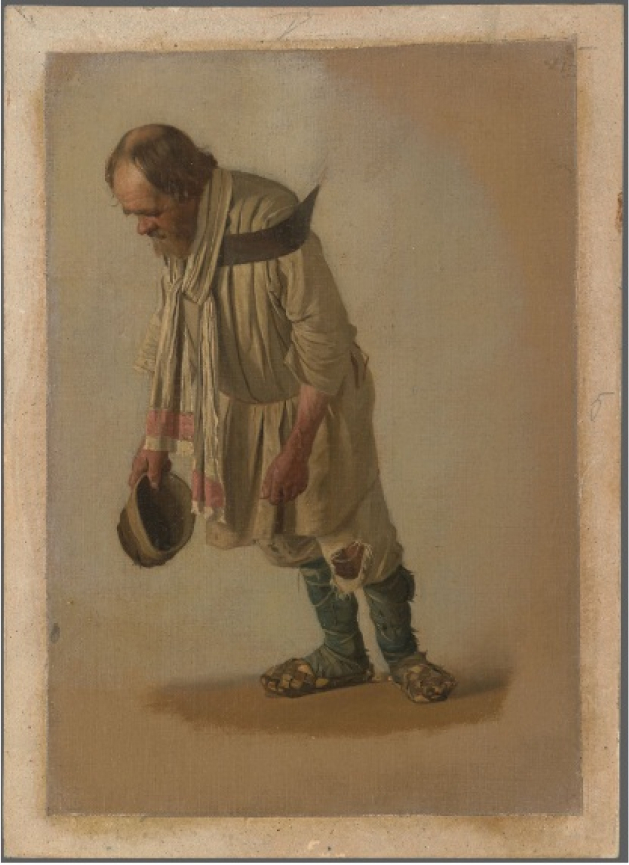
Бурлак с шапкою в руке.
1866. Холст на картоне, масло, 35,7 x 26
Государственная Третьяковская галерея

После неудачи.
1868 г., холст, масло, 47,5 x 39,5
Государственный Русский музей

Дворик в гареме дворца Фатехпур-Сикри.
Этюд из путешествия в Индию в 1874–1876 гг., холст, масло,38 х 45
Ивановский областной художественный музей

Сквозь пожар.
1899–1900 гг., холст, масло, 84 х 114
Из «Юбилейного альбома Отечественной войны 1812 г.». Москва, 1912
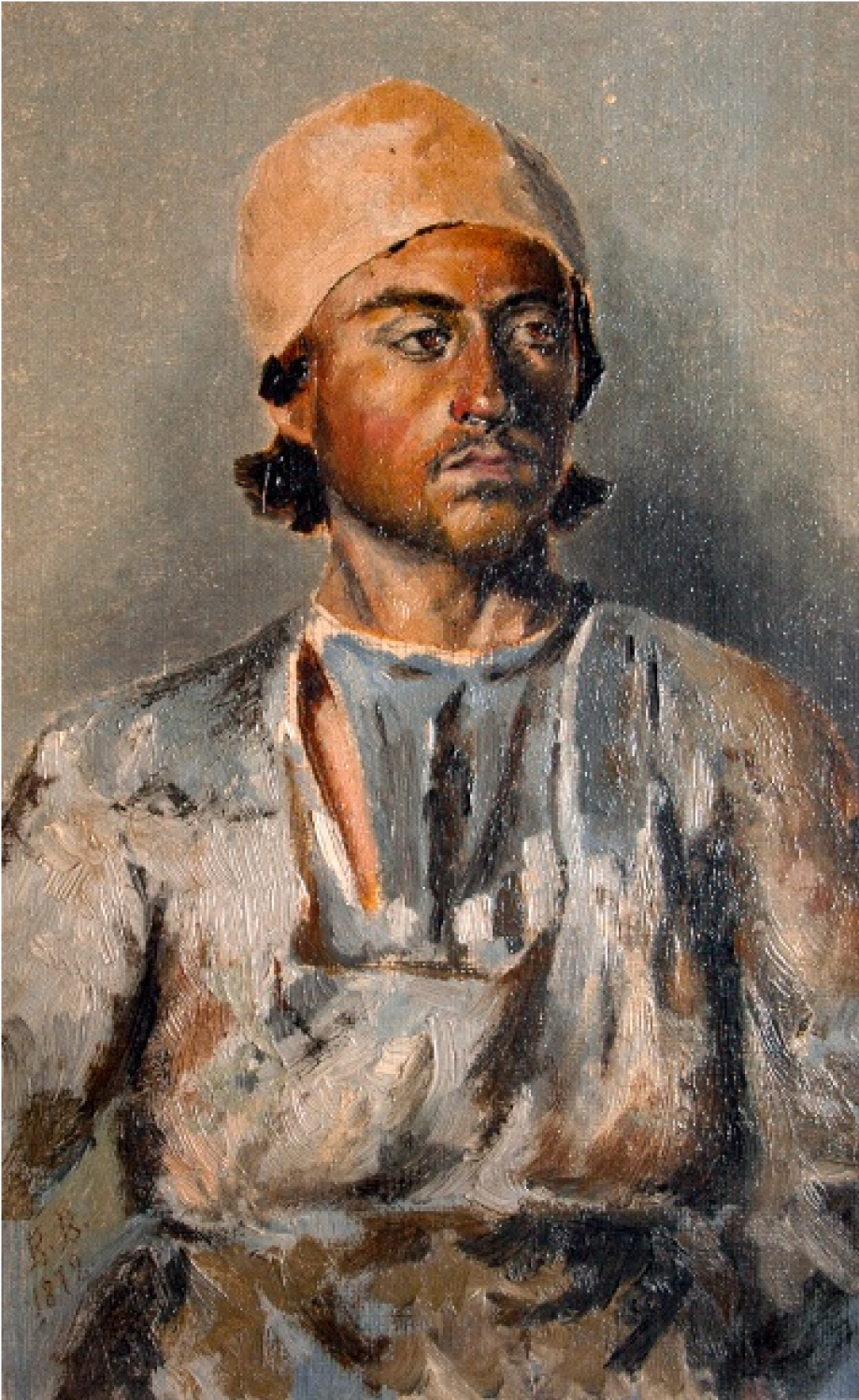
Индус.
1872 г., холст, масло, 29 х 19
Художественный музей имени Махарбека Туганова

Солдат американской армии.
1902 г., холст, масло, 61 х 40,5
Государственный Русский музей
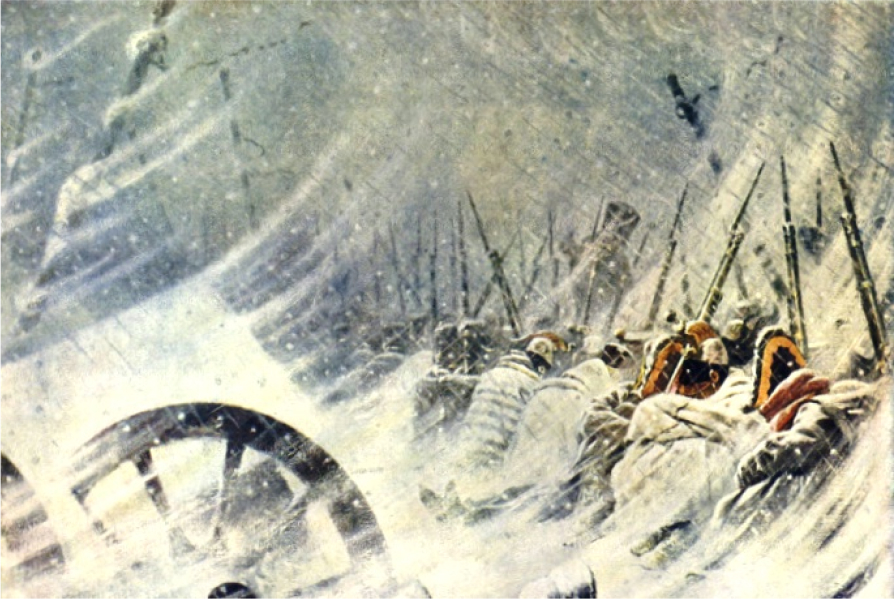
Ночной привал великой армии.
1896–1897 гг., холст, масло,100 х 120
Из «Юбилейного альбома Отечественной войны 1812 г.». Москва, 1912

Buddhist temple in Tokyo.
1903, 45.3 x 61
Novgorod Museum-Reserve, Veliky Novgorod
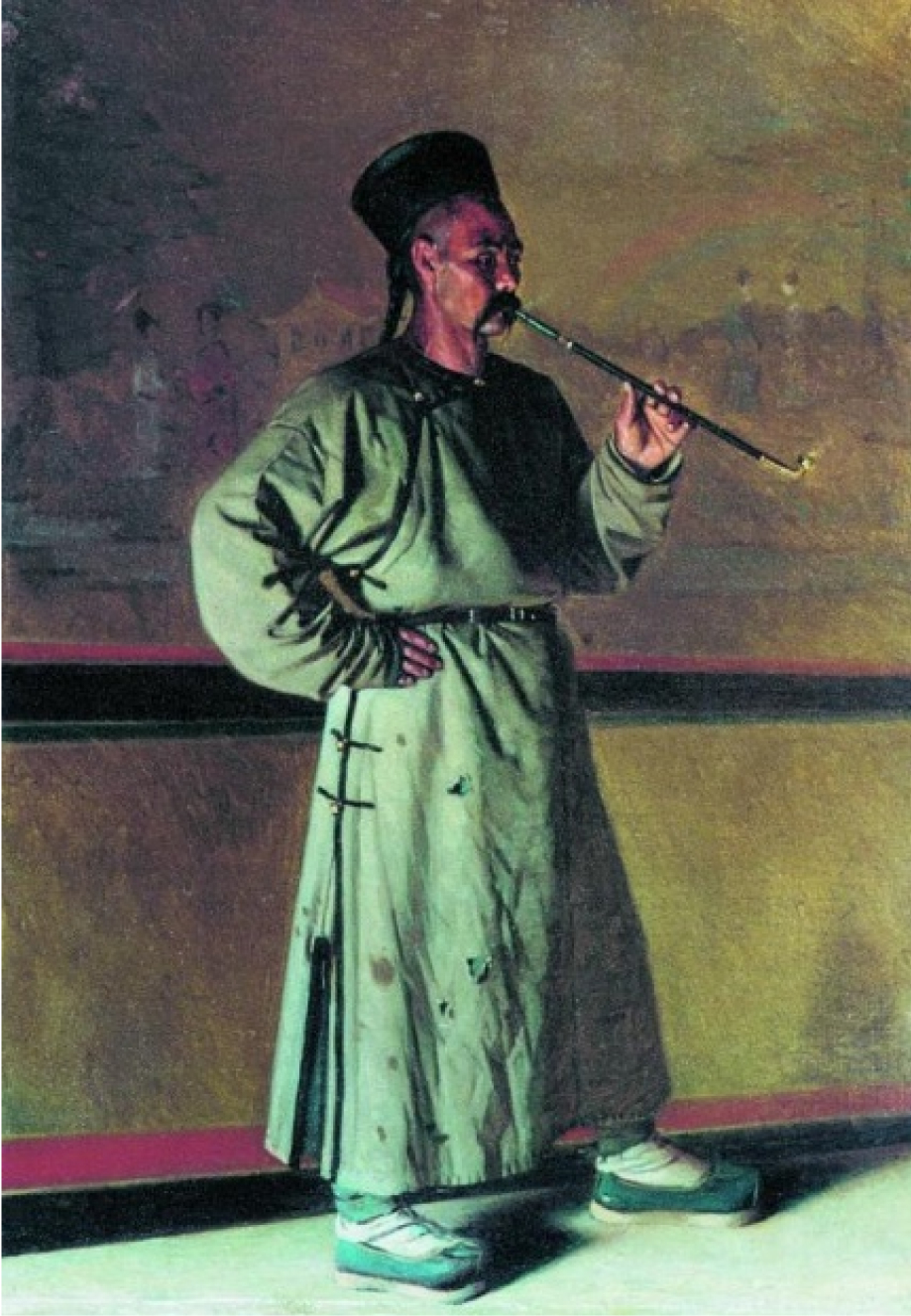
Солон.
1869 – 1870 гг., холст, масло, 37,5 х 27
Саратовский государственный художественный музей имени А. Н. Радищева
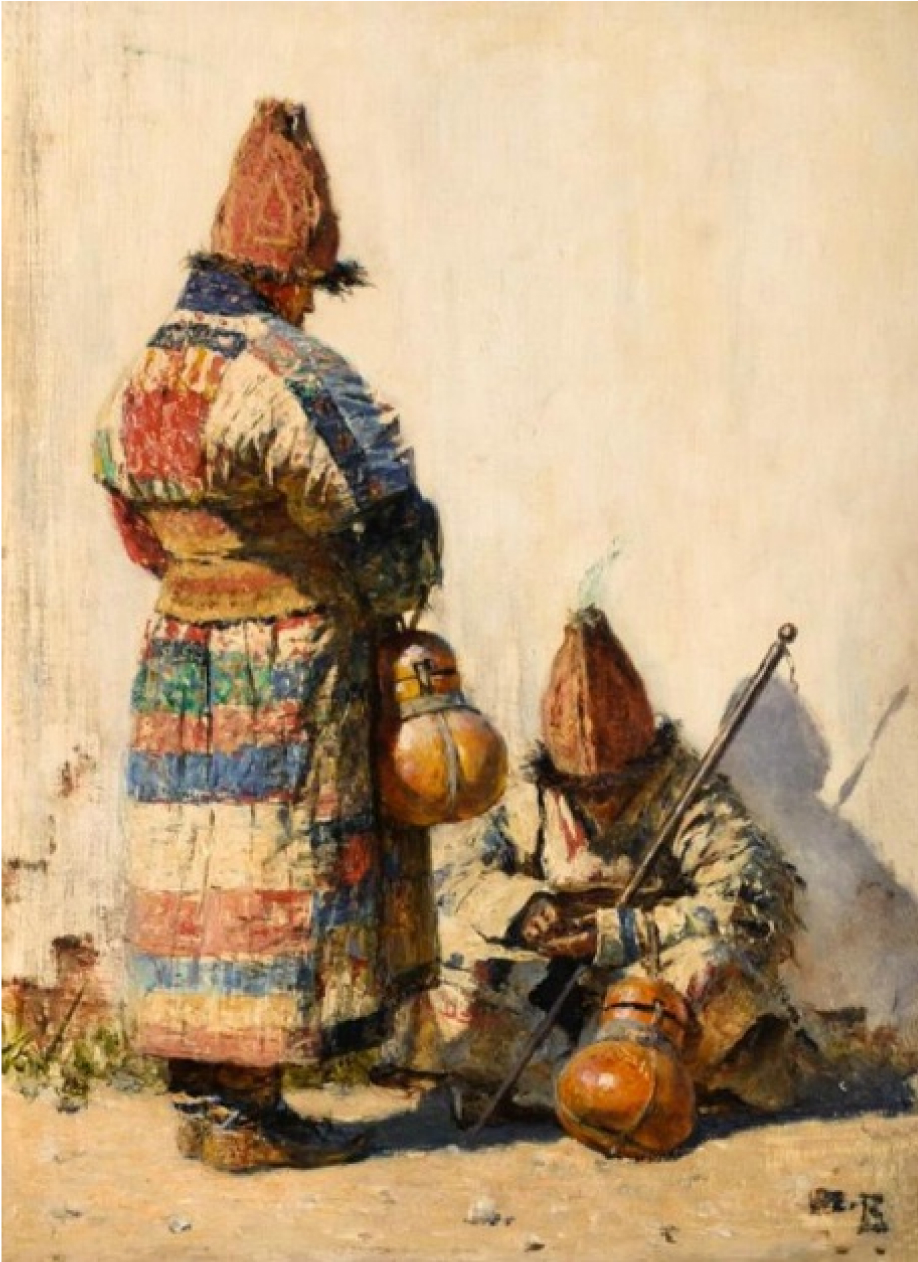
В Туркестане.
1869 – 1870 гг., холст, масло, 27 х 21
Пензенская областная картинная галерея имени К. А. Савицкого
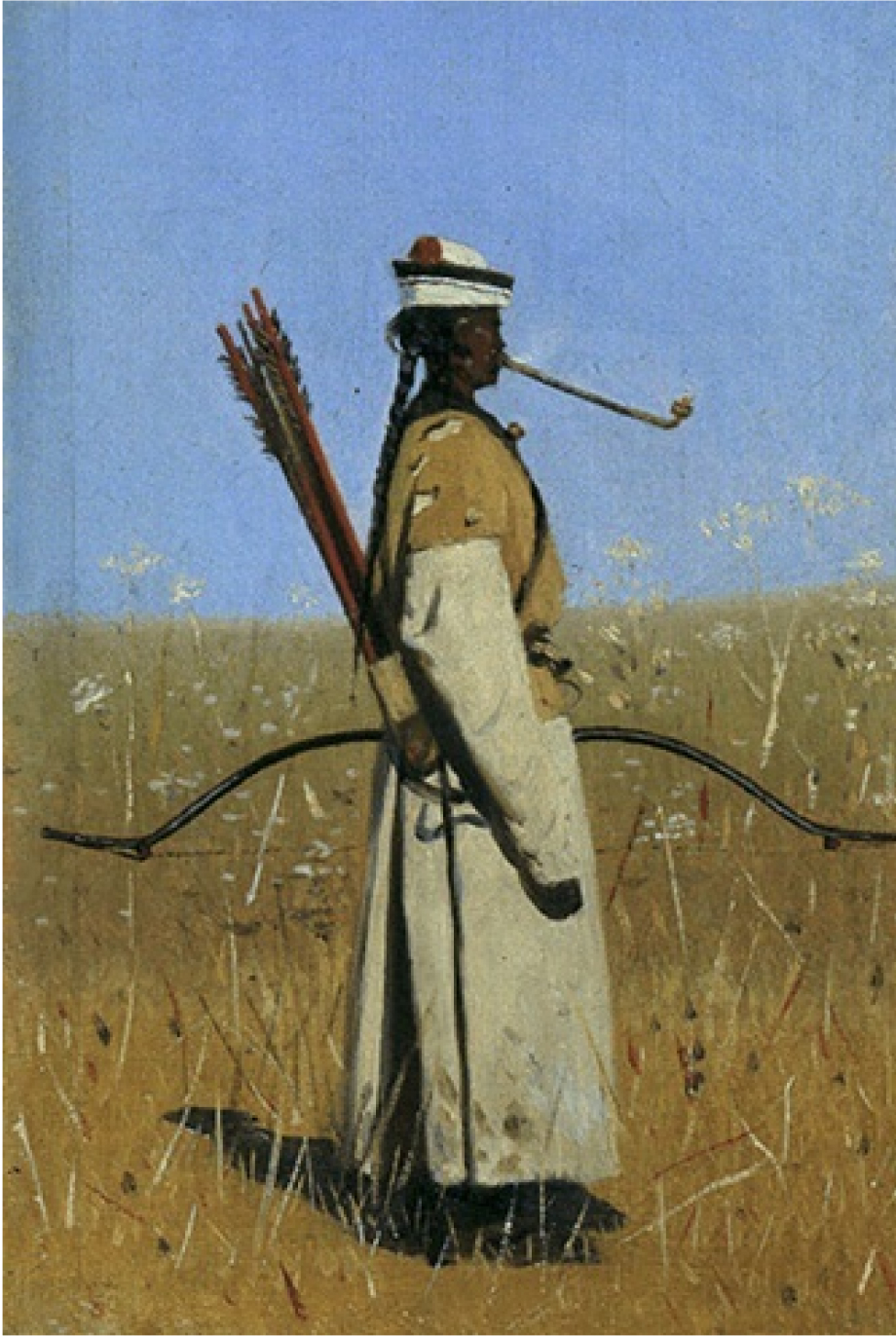
Китайский солдат.
1869 – 1870 гг., холст, масло, 20,5 х 14,5
Дальневосточный художественный музей
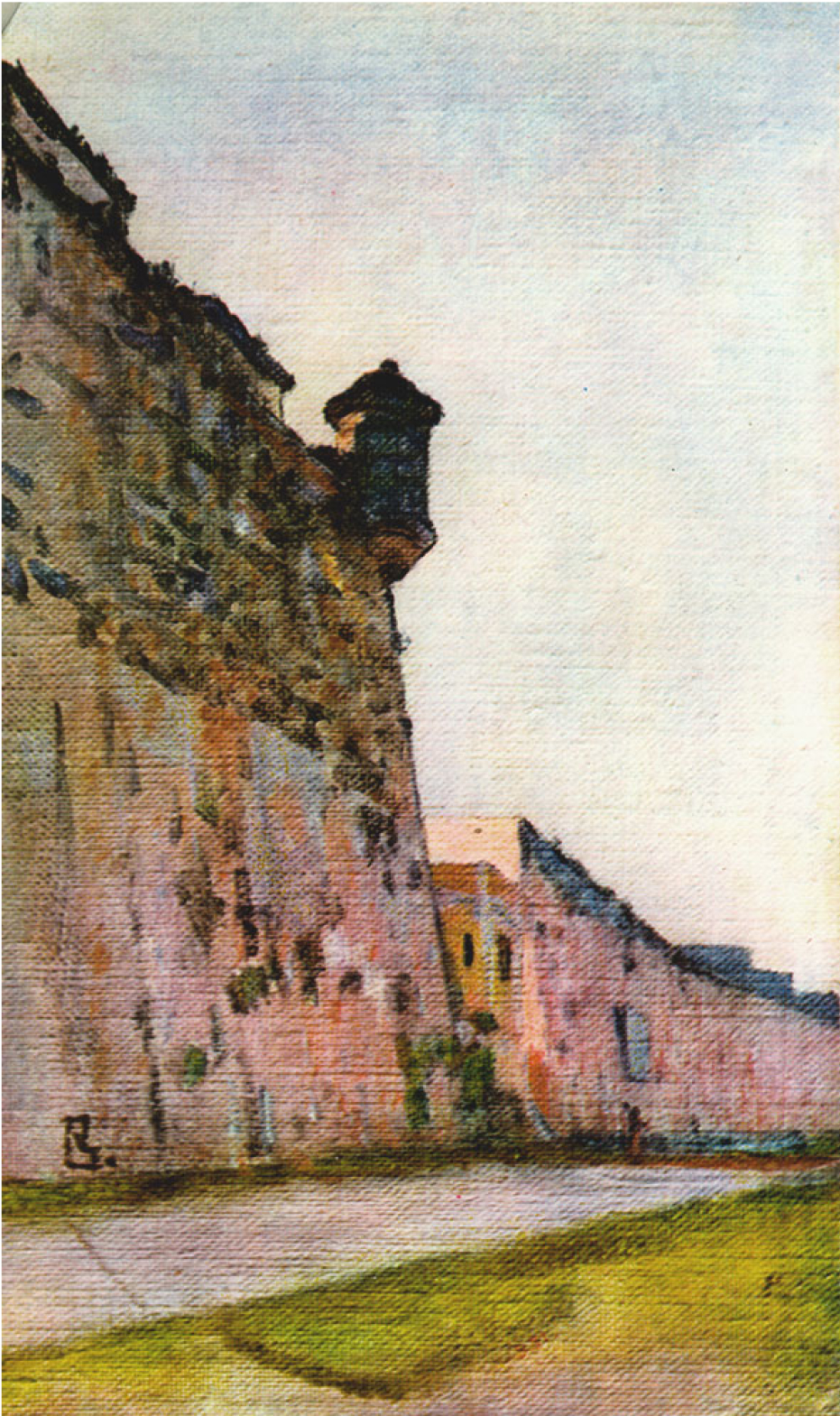
Крепость Сант-Яго.
1902 г., холст на дереве, масло, 25,5 х 15,5
Таганрогский художественный музей
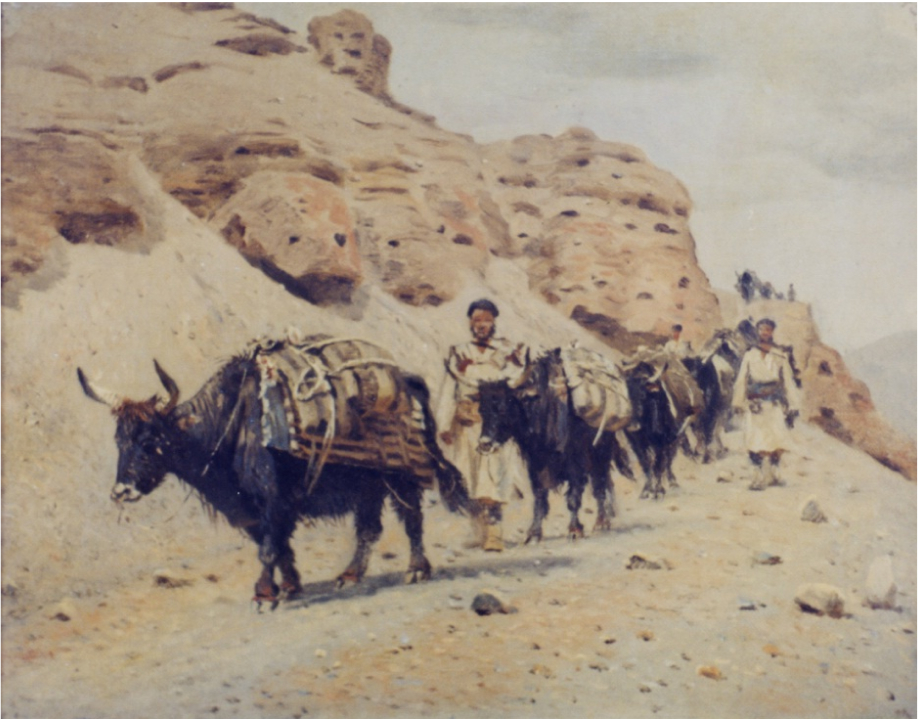
Яки. Караван в Ладаке.
1875 г., холст, масло, 22 х 27,5
Саратовский государственный художественный музей имени А. Н. Радищева

Проход Барскаун.
1869 – 1870 гг., холст, масло, 26,8 х 36,1
Астраханская картинная галерея имени П. М. Догадина

Женщина племени солонов.
1869 – 1870 гг., холст, масло, 28,2 x 24,5; в раме: 50 x 45,7
Государственная Третьяковская галерея
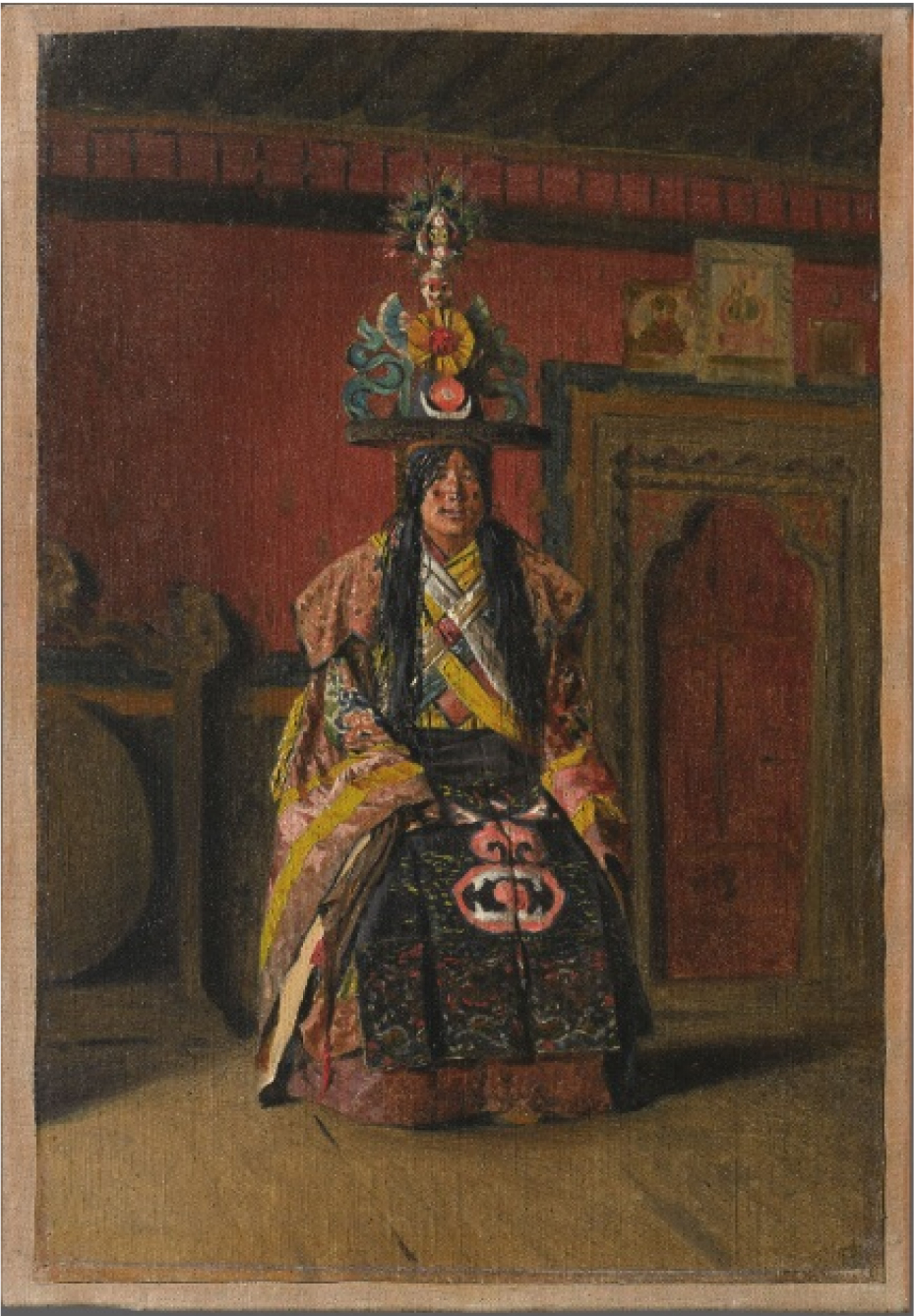
Буддийский лама на празднике в монастыре Пемиончи. Сикким.
1875 г., холст, дублированный на холст, масло, 41,7 x 28,4; (основа); 39,2 х 26,6 (авторский холст)
Государственная Третьяковская галерея

Японский домик.
1903 г., холст, масло, 28 х 36
Самарский областной художественный музей

У крепостной стены. «Пусть войдут».
1871 г., холст, масло, 96 x 162,2
Государственная Третьяковская галерея